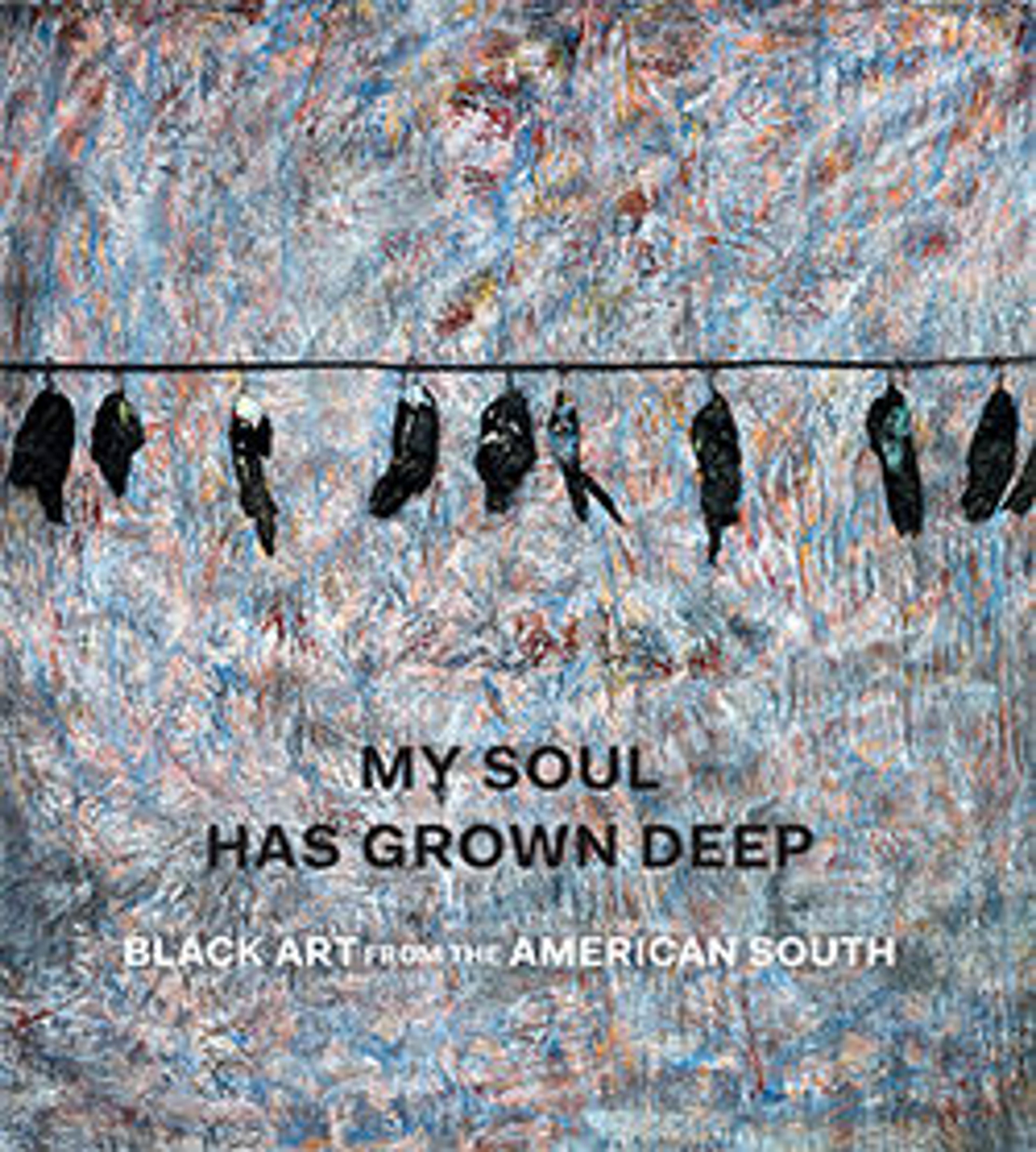Quilt, Strip pattern
The appearance of a Strip quilt is usually very like that of a wholecloth quilt, even though it is technically pieced. Like wholecloth quilts, the makers of Strip quilts were concerned with showing off the large pieces of fancy fabric with which the quilts are made, rather than calling attention to an intricately pieced design. While some of the pieces of fabrics in this quilt were probably left-overs from other home-furnishing projects, others, such as the wide strip with bowls of fruit at the center of this example, may have been purchased specifically with the quilt in mind. All these fabrics have large-scale patterns that would not have been as visually effective if the quilt maker had chosen to cut them into small pieces to be stitched into an ordinary pieced quilt.
Fabric (and wallpaper) designers of the mid-nineteenth century enjoyed realistic trompe l'oeil effects, as can clearly be seen from this quilt. The white ceramic bowls laden with fruit and a single pink rose have the same luscious quality as the hand-colored floral prints of the period. The other fabrics make little sense with the center panel, which is immediately surrounded by strips of fabric showing small peacocks on pedestals. The presence of peacocks speaks to the century-long popularity of peacocks as subjects for textile design. The outermost, incomplete stripes of fabric contain two different imported English cottons printed with Gothic window tracery. One of these fabrics includes a flag showing the British Royal Standard as it appeared between 1814 and 1837. When Queen Victoria ascended the throne in 1837, the standard was changed, and no longer included the Hanoverian Crown in the center as seen here. This helps us date this particular fabric to before 1838.
Fabric (and wallpaper) designers of the mid-nineteenth century enjoyed realistic trompe l'oeil effects, as can clearly be seen from this quilt. The white ceramic bowls laden with fruit and a single pink rose have the same luscious quality as the hand-colored floral prints of the period. The other fabrics make little sense with the center panel, which is immediately surrounded by strips of fabric showing small peacocks on pedestals. The presence of peacocks speaks to the century-long popularity of peacocks as subjects for textile design. The outermost, incomplete stripes of fabric contain two different imported English cottons printed with Gothic window tracery. One of these fabrics includes a flag showing the British Royal Standard as it appeared between 1814 and 1837. When Queen Victoria ascended the throne in 1837, the standard was changed, and no longer included the Hanoverian Crown in the center as seen here. This helps us date this particular fabric to before 1838.
Artwork Details
- Title:Quilt, Strip pattern
- Date:ca. 1840
- Geography:Made in New Hampshire, United States
- Culture:American
- Medium:Cotton
- Dimensions:79 x 62 1/2 in. (200.7 x 158.8 cm)
- Credit Line:Purchase, Mrs. Roger Brunschwig Gift, 1990
- Object Number:1990.40.1
- Curatorial Department: The American Wing
More Artwork
Research Resources
The Met provides unparalleled resources for research and welcomes an international community of students and scholars. The Met's Open Access API is where creators and researchers can connect to the The Met collection. Open Access data and public domain images are available for unrestricted commercial and noncommercial use without permission or fee.
To request images under copyright and other restrictions, please use this Image Request form.
Feedback
We continue to research and examine historical and cultural context for objects in The Met collection. If you have comments or questions about this object record, please contact us using the form below. The Museum looks forward to receiving your comments.
